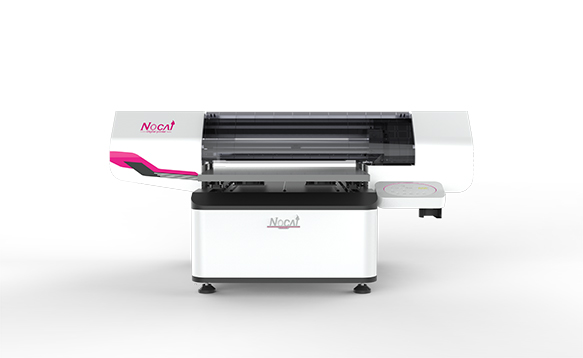
rotary uv printer
- By:nocai uv printer
- 2021-12-05
- 1,082
Rotary UV printers have become an essential part of the printing industry due to their ability to achieve high-quality prints at high speeds. In this comprehensive guide, we will explore the different aspects of rotary UV printers, including their types, features, advantages, disadvantages, and how to use them properly.

An Introduction to Rotary UV Printers
Rotary UV printers are a type of printing equipment that uses UV (ultraviolet) light to cure the ink applied to a substrate. These printers are typically used for printing a wide range of materials, including paper, cardboard, plastic, and other substances that require high-quality prints with a short turnaround time. Rotary UV printers transfer the image onto the print material using a roller, which transfers the ink from an imaging plate onto the substrate.
Benefits of Rotary UV Printers
Rotary UV printers offer several benefits over traditional printing methods:
High-Quality Printing: Rotary UV printers use UV light to cure the ink, resulting in a more intense and richer color range than other printing techniques. The prints are also more durable and resistant to fading, abrasion, and other damage.
Fast Printing: Rotary UV printers can achieve high-speed printing due to their ability to simultaneously print on multiple substrates. This results in faster production rates and increased efficiency.
Flexibility: Rotary UV printers are able to print on a variety of materials, including paper, cardboard, plastic, and other substances. This provides flexibility in terms of print substrates and applications.
Drawbacks of Rotary UV Printers
Despite its benefits, there are also some disadvantages to using rotary UV printers:
Initial Cost: Rotary UV printers are generally more expensive than traditional printers due to their advanced technology and high-quality components.
Maintenance Costs: Rotary UV printers require regular maintenance to ensure they are in good working condition, including cleaning, replacing worn parts, and servicing the UV light source.
Limited Operating Time: UV light sources have a limited lifespan and need to be replaced regularly, which can affect the overall operating time and cost of ownership.
How to Use a Rotary UV Printer
Using a rotary UV printer requires some knowledge and skills. Here are some tips:
Select the Correct Ink: Choose the appropriate ink for your printer and follow the manufacturer’s instructions for installation. It is important to match the ink type with the substrate you are printing on to ensure good quality prints.
Clean the Printing Area: Ensure the area where the printer is placed is clean and dry to avoid any printing issues. Remove any debris or lint from the printing area to ensure smooth operation of the printer.
Load the Substrate: Carefully load the substrate onto the printing cylinder, ensuring it is smooth and free of any creases or tears.
Operate the Printer: Follow the manufacturer’s instructions to operate the printer and select the correct settings for your print job. Rotary UV printers typically have a touchscreen interface or other user-friendly controls that allow you to adjust printing parameters such as print speed, ink density, and substrate temperature.
Unload the Print: Carefully unload the printed substrate once the printing process is complete. Handle with care to avoid damage to the printed image.

